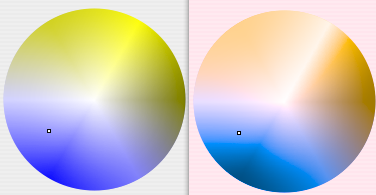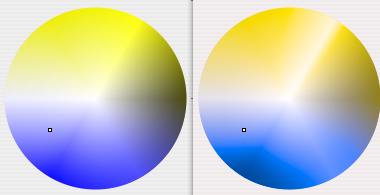I’ve finally received an answer to my email on environmental questions I addressed to my MP, Mr. Steven Blaney, conservative, representing Lévis-Bellechasse at the Parlement of Canada. So now I decided to publish a followup to “Letter to my MP” I’ve published exactly one month ago.
What I find a little odd is that he has chosen to answer by posting a comment (in French) on my weblog rather than replying to my email. Two reasons makes me believe it’s the published weblog entry that made him react rather than my private email:
- it’s probably obvious, but when I wrote my original email
I hadn’t published anything so I could not give him a URL to it;
- when he responded, it was exactly 21 days after the weblog
entry disappeared from my home page, he probably found the
article by other means than following the link to my website
in my email.
And to complement argument number two, I’ll point you to the results of a Google search in French on Steven Blaney which puts my “Lettre à mon député” sixth in the result list (which may changes after publishing this of course).
What should be remembered from this story is that it’s probably a good idea if you write to your MP to publish the letter somewhere, especially if he or she does not respond. And since last week I sent him my second email in response to what he wrote, and since he hasn’t answered yet, I’m doing it again.
So here is the answer from the honorable member of parlement for Lévis-Bellechasse, Steven Blaney, followed by what I replied to him in an email last week. The actual correspondence is in French, this is a translation of my own, except for the excerpt of the house debates which is the House’s translation.
Dear Mr. Fortin,
I would like first to apologize for the delay answering your last email. During the last three months, I have hired some people and we created district offices at Lévis and Etchemins in addition to the Ottawa office. I have also begun parliamentary work wich is quite exiting.
I have the pleasure to inform you that I am sitting at the Environnement and Sustainable Development committee. I have also had the opportunity to speek in the House on that subject and I invite you to consult the debate journal to examine my position on that subject. Our government is preparing a greenhouse gaz emission reduction plan which will give concrete results, contrary to the results of the last thirteen liberal years.
I would be happy to meet you at the district office or at Ottawa when it will be appropriate for you.
I’m considering myself privileged for being our region’s representative and I wish to contribute actively to its economic prosperity in a context of sustainable development.
Pleasure to meet you,
Blaney, Steven (CPC–Lévis-Bellechasse)
To: blanes@parl.gc.ca
Subject: Environnement & Kyoto
Date: May 16, 2006
Mr. Steven Blaney,
Thank you for the answer you left on my website. I’ve taken the allowance to replace with a link the transcription of your speech about Kyoto you inserted in your comment since it was a little long and it got formatted very badly by the software managing this website.
I’ve read with much interest discussion transcriptions in which you participated. But reading what you say in your speech, I do not really understand why you are against this motion. You said:
The previous government’s plan was actually written on the back of a paper napkin on the plane en route to Kyoto: “There was no long term planning. There was no real negotiation with the provinces or with industry sectors. In fact it was a last minute, hastily drafted agreement”.
Do you think that today in this House, I am going to endorse a motion that supports that plan and those initiatives? Canadians certainly deserve better than an agreement written on a scrap of paper when we are talking about our children’s future. And that is exactly what we are talking about today.
I’m okay with the first part of what you said: it is of course possible to do better than the Liberal plan. But I do not understand why you reject this motion: the proposed motion has absolutely no reference to the Liberal plan, it simply asks that the government “take the necessary measures to ensure that Canada meets its objective for greenhouse gas reduction established under the Kyoto Protocol” and to propose a plan for that in October. Personally, I’d do anything for a motion like that: isn’t it a good occasion to demonstrate the seriousness your government puts in its greenhouse gas reduction engagements?
Whatever happens, it seems that the only possible option right now is to wait the conservative plan. I simply hope that what you’re working on will be more effective and will go further than what we have seen until now.
About a meeting, I’d be pleased. I will let you know when I have the time. Thank you for the invitation.
Michel Fortin



